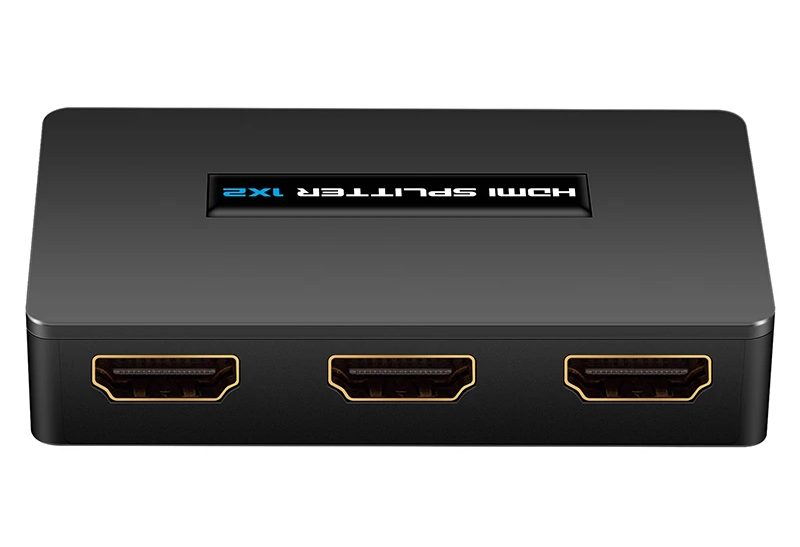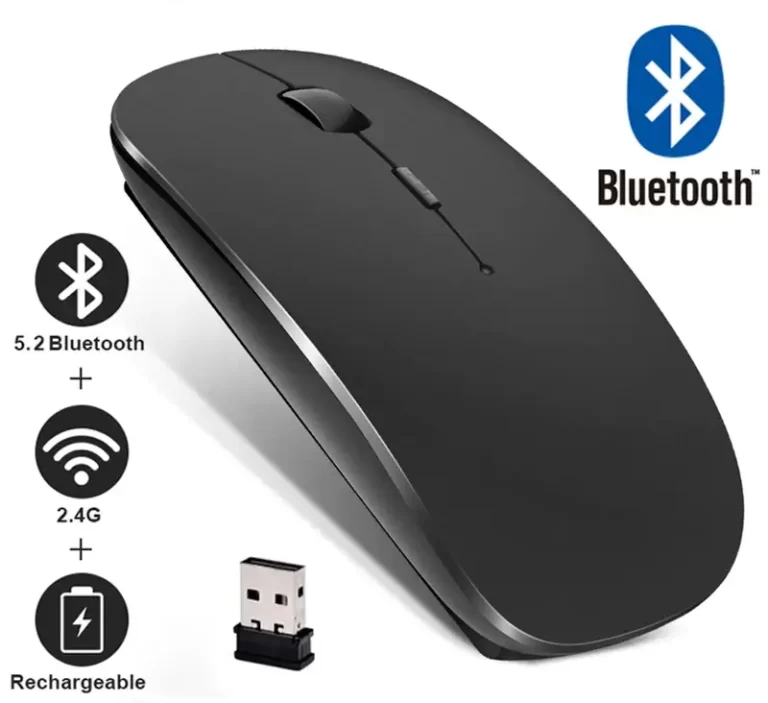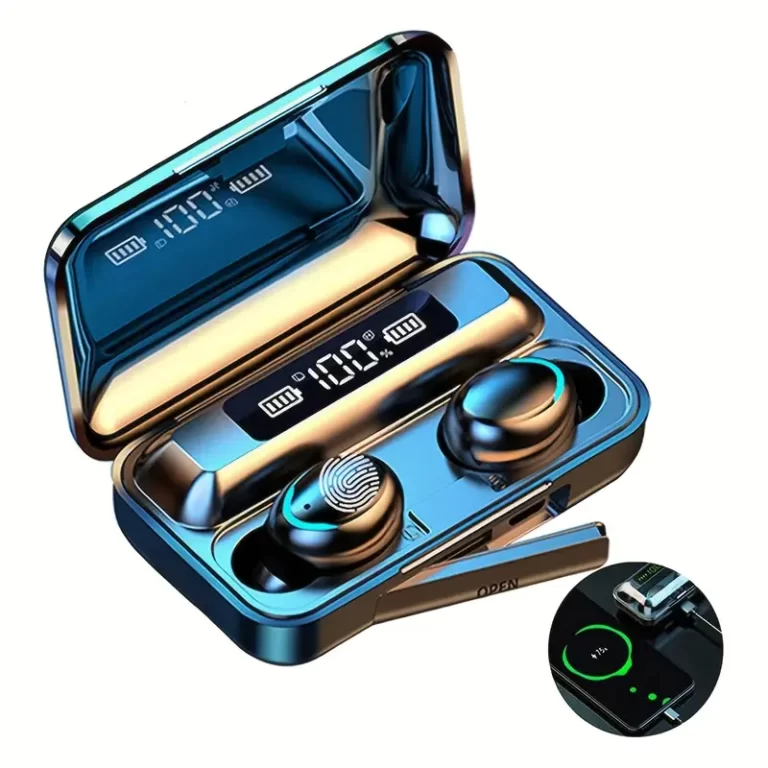HDMI Splitters: Benefits, Drawbacks, and How to Use Them
If you have a high-definition television or monitor, chances are it has an HDMI port. HDMI (High-Definition Multimedia Interface) is a digital interface that allows you to connect various devices, such as gaming consoles, Blu-ray players, and cable/satellite boxes, to your TV or monitor. However, if you have more than one device that you want to connect, you might need an HDMI splitter. In this article, we’ll explore what HDMI splitters are, how they work, and their benefits and drawbacks.
What is an HDMI splitter?
An HDMI splitter is a device that allows you to split the output from one HDMI source device into multiple HDMI displays. For example, if you have a gaming console and a Blu-ray player that you want to connect to your TV, but your TV only has one HDMI input, you can use an HDMI splitter to split the signal from the console and the player and send it to the TV.
HDMI splitters come in different configurations. Some splitters have one input and two outputs, while others have one input and four outputs or more. The number of outputs you need depends on how many devices you want to connect to your TV or monitor.
How do HDMI splitters work?
HDMI splitters work by duplicating the HDMI signal from the input device and sending it to multiple output devices simultaneously. When you connect an HDMI splitter to your input device and output devices, the splitter automatically detects the resolution and refresh rate of the input device and sends the same signal to all the output devices.
The quality of the signal depends on the quality of the HDMI splitter. Some HDMI splitters can handle 4K resolution and HDR (High Dynamic Range) signals, while others are limited to 1080p resolution. Additionally, some HDMI splitters have built-in amplifiers that boost the signal to maintain the quality of the picture and sound.
Benefits of using an HDMI splitter
One of the main benefits of using an HDMI splitter is the convenience it offers. Instead of constantly unplugging and replugging HDMI cables to switch between devices, you can connect all your devices to the splitter and switch between them with the push of a button.
Another benefit of using an HDMI splitter is the cost savings. Instead of buying multiple TVs or monitors for each device, you can use a single TV or monitor and split the signal to multiple devices. This is especially useful for businesses or schools that need to display content on multiple screens.
Drawbacks of using an HDMI splitter
While HDMI splitters offer many benefits, there are also some drawbacks to consider. One of the main drawbacks is signal degradation. Every time you split the signal, the quality of the picture and sound may decrease. This is especially true if you’re using a low-quality HDMI splitter. To avoid signal degradation, it’s important to choose a high-quality HDMI splitter that can handle the resolution and refresh rate of your input device.
Another drawback of using an HDMI splitter is that you can’t use multiple devices simultaneously. Since the splitter duplicates the signal from one device, only one device can be active at a time. If you want to use two devices simultaneously, you’ll need to use a different type of device, such as an HDMI switch.
How to use an HDMI splitter
Using an HDMI splitter is relatively simple. Here are the steps:
- Connect the input device (such as a gaming console or Blu-ray player) to the HDMI splitter’s input port.
- Connect the output devices (such as TVs or monitors) to the HDMI splitter’s output ports.
- Turn on the input device and output devices.
- Use the remote control or button on the HDMI splitter to switch between the output devices.
Conclusion
HDMI splitters are a convenient and cost-effective way to connect multiple devices to a single TV or monitor. They allow you to switch between devices with the push of a button, eliminating the need to constantly unplug and replug HDMI cables. However, it’s important to choose a high-quality HDMI splitter that can handle the resolution and refresh rate of your input device to avoid signal degradation. Additionally, HDMI splitters only allow you to use one device at a time, so if you want to use multiple devices simultaneously, you’ll need to use a different type of device, such as an HDMI switch.
When shopping for an HDMI splitter, it’s important to consider the number of output ports you need, the quality of the splitter, and any additional features you may want, such as built-in amplifiers or remote control. Some popular HDMI splitter brands include AmazonBasics, Cable Matters, and UGREEN.
In conclusion, HDMI splitters are a useful tool for anyone who wants to connect multiple devices to a single TV or monitor. They offer convenience and cost savings, but it’s important to choose a high-quality splitter to avoid signal degradation. With the right HDMI splitter, you can enjoy all your favorite devices on a single screen without sacrificing picture or sound quality.


